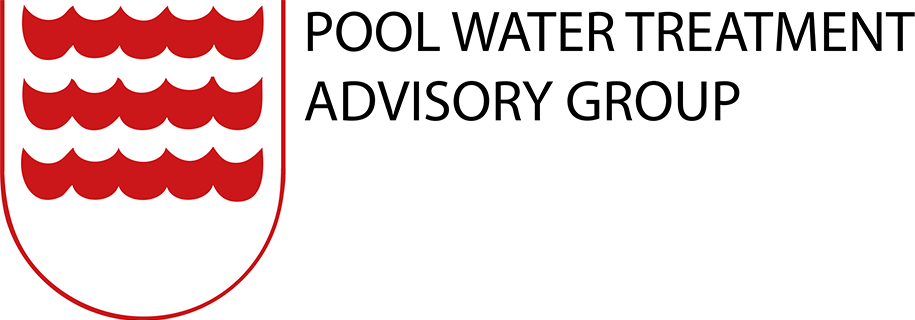Technical notes on the operation of swimming pools and spas during the Covid-19 pandemic are on pwtag.org.
This note deals with the safe operation of paddling pools and splash parks – both of which present unique challenges. There is information on both types of facility in the PWTAG book, Swimming Pool Water: Treatment and Quality Standards for Pools and Spas, and in PWTAG Technical Note 13.
Because paddling pools and splash parks are used predominantly by children for play, safety issues which relate to the way the facilities are used become particularly challenging.
Links to Government guidance are given below and decisions on group sizes for different settings should be based on:
- current Government guidance on distancing
- the ability of users to maintain distancing and practise hand hygiene
- the age of the children
- the nature of the activity or provision (eg static as opposed to a range of movement)
- the size or layout of the premises.
Government guidelines
Operators considering opening should follow two important sources of official guidance.
- Actions for early years and childcare providers during the coronavirus (Covid-19) outbreak
- Guidance for providers of outdoor facilities on the phased return of sport and recreation
These guidelines are not about water quality but about airborne viral transmission and distancing. The decision to open or not should be based on the provider/operator’s risk assessment.
Water treatment
PWTAG’s guidance here focuses on water treatment, assuming operators satisfy themselves about government requirements and guidelines.
Neither paddling pool nor splash parks (sometimes called splash pads or interactive water features) should be open if their water treatment, including disinfection, is not adequate.
Chlorine-based disinfectants can inactivate the Covid-19 virus. PWTAG Technical Note 46 deals with this in some detail – including the important limitations of cyanurate use.
Paddling pools
During the pandemic, the only type of paddling pools suitable for public use should have water treatment along the lines of a conventional pool.
The water should be disinfected and circulated through sand or other media filters. Disinfectant residuals should be high enough to give satisfactory results from monthly microbiological testing. A residual of 3-5mg/l free chlorine at a pH value of 7.2 will be necessary.
This should be backed up by adequate water circulation: up to 1 cubic metre of treated water per bather, and a turnover period of one hour or less.
Splash parks
Splash parks have a variety of water circulation designs. In summary, PWTAG recommends water treatment based on:
- controlled user numbers as part of the design (one user per 1m2 of surface area is a rough guide)
- water treatment based on user numbers (eg a circulation rate of 0.5m3 per user per hour and a turnover period of about 20 minutes)
- separate tanks for circulating water. There should be one tank for the returning play water to drain to and another, after the treatment plant, which supplies the sprays etc with treated water. It should be possible for the drain tank to run to waste (rather than to the supply tank) in the event of fouling. And when the feature is put out of use, water should also be diverted to drain.
- complete separation of the two tanks, with absolutely no possibility of cross-contamination – vital for operating during the pandemic
- medium-rate sand filtration between the drain tank and the supply tank
- circulation continuous, 24 hours a day
- disinfection at 3 to 5mg/l and pH7.2; checked every two hours
- monthly microbiological monitoring.
These are minimum requirements during the pandemic. Cleaning guidance is provided in PWTAG Technical Note 44.
Splashing and aerosols
Aerosols from splash park equipment is inevitable, but as the water is chlorinated, it is thought unlikely to be a hazard from Covid-19 or Legionella.
Splashing in paddling pools should be prevented or at least discouraged as this will create aerosols and these could disseminate the Covid-19 virus.
The facilities will need good hygiene standards to prevent hand-to-mouth transfer of pool water. Guidance is given in the Department for Education document, Protective measures for holiday and after- school clubs, and other out-of-school settings during the coronavirus (Covid-19) outbreak.
